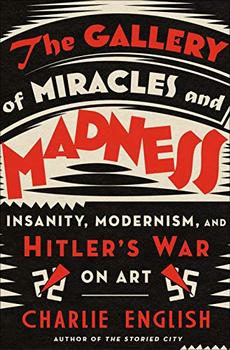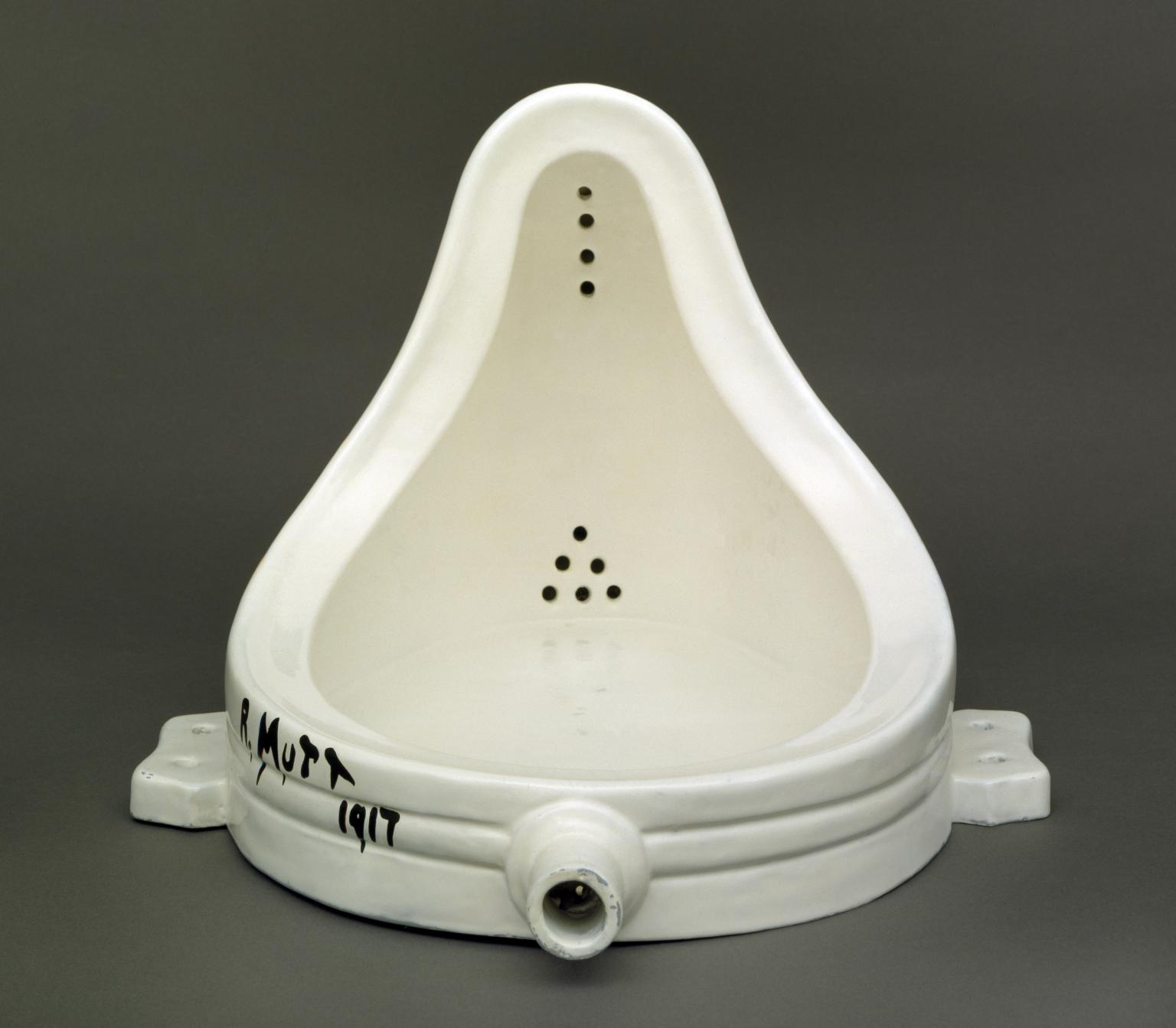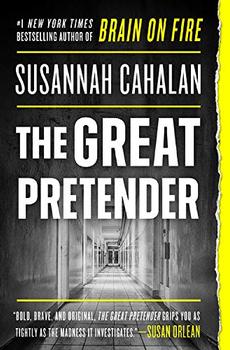Summary | Excerpt | Reviews | Beyond the book | Read-Alikes | Genres & Themes | Author Bio

Insanity, Modernism, and Hitler's War on Art
by Charlie EnglishThe untold story of Hitler's war on "degenerate" artists and the mentally ill that paved the way for the Holocaust.
As a veteran of the First World War, and an expert in art history and medicine, Hans Prinzhorn was uniquely placed to explore the connection between art and madness. The work he collected—ranging from expressive paintings to life-size rag dolls and fragile sculptures made from chewed bread—contained a raw, emotional power, and the book he published about the material inspired a new generation of modern artists, Max Ernst, André Breton, and Salvador Dalí among them. By the mid-1930s, however, Prinzhorn's collection had begun to attract the attention of a far more sinister group.
Modernism was in full swing when Adolf Hitler arrived in Vienna in 1907, hoping to forge a career as a painter. Rejected from art school, this troubled young man became convinced that modern art was degrading the Aryan soul, and once he had risen to power he ordered that modern works be seized and publicly shamed in "degenerate art" exhibitions, which became wildly popular. But this culture war was a mere curtain-raiser for Hitler's next campaign, against allegedly "degenerate" humans, and Prinzhorn's artist-patients were caught up in both. By 1941, the Nazis had murdered 70,000 psychiatric patients in killing centers that would serve as prototypes for the death camps of the Final Solution. Dozens of Prinzhorn artists were among the victims.
The Gallery of Miracles and Madness is a spellbinding, emotionally resonant tale of this complex and troubling history that uncovers Hitler's wars on modern art and the mentally ill and how they paved the way for the Holocaust. Charlie English tells an eerie story of genius, madness, and dehumanization that offers readers a fresh perspective on the brutal ideology of the Nazi regime.
English deftly juxtaposes the intellectual and artistic ferment of 1920s Germany with the turgid drawings and morose outlook of a young, adrift Adolf Hitler, at odds with himself and the world after the country's defeat in World War I. He persuasively argues throughout that Hitler's "mass murder programs and his views on art were intimately connected." This little-known holocaust has been sensitively rendered by English in The Gallery of Miracles and Madness, which balances the Hitlerian horrors with the immortal hope that art can provide, both to the artist and to society...continued
Full Review
(689 words)
This review is available to non-members for a limited time. For full access,
become a member today.
(Reviewed by Peggy Kurkowski).
 In The Gallery of Miracles and Madness, Charlie English connects the psychological effects of World War I to the evolving art scene in the early decades of the 20th century. The war not only killed upwards of 20 million people, but it also had an enormous impact on European culture in the decades after the guns fell silent in 1918. One of the most notable reactions to the war was a controversial artistic movement mocking traditional style and elevating nonsense to an art form. Called "Dada," it was founded by poet Hugo Ball in Zurich, Switzerland. Ball and other avant-garde artists from across Europe converged on the Cabaret Voltaire in Zurich to form an absurdist response to the catastrophe of WWI. Springing from their disgust of the ...
In The Gallery of Miracles and Madness, Charlie English connects the psychological effects of World War I to the evolving art scene in the early decades of the 20th century. The war not only killed upwards of 20 million people, but it also had an enormous impact on European culture in the decades after the guns fell silent in 1918. One of the most notable reactions to the war was a controversial artistic movement mocking traditional style and elevating nonsense to an art form. Called "Dada," it was founded by poet Hugo Ball in Zurich, Switzerland. Ball and other avant-garde artists from across Europe converged on the Cabaret Voltaire in Zurich to form an absurdist response to the catastrophe of WWI. Springing from their disgust of the ...
This "beyond the book" feature is available to non-members for a limited time. Join today for full access.

If you liked The Gallery of Miracles and Madness, try these:

by Brad Meltzer, Josh Mensch
Published 2024
From the New York Times bestselling authors of The First Conspiracy and The Lincoln Conspiracy comes the little-known true story of a Nazi plot to kill FDR, Joseph Stalin, and Winston Churchill at the height of World War II.

by Susannah Cahalan
Published 2020
From "one of America's most courageous young journalists" (NPR) and the author of the blockbuster #1 New York Times bestselling memoir Brain on Fire comes a propulsive narrative history investigating the 50-year-old mystery behind a dramatic experiment that changed the course of modern medicine.
Silent gratitude isn't much use to anyone
Click Here to find out who said this, as well as discovering other famous literary quotes!